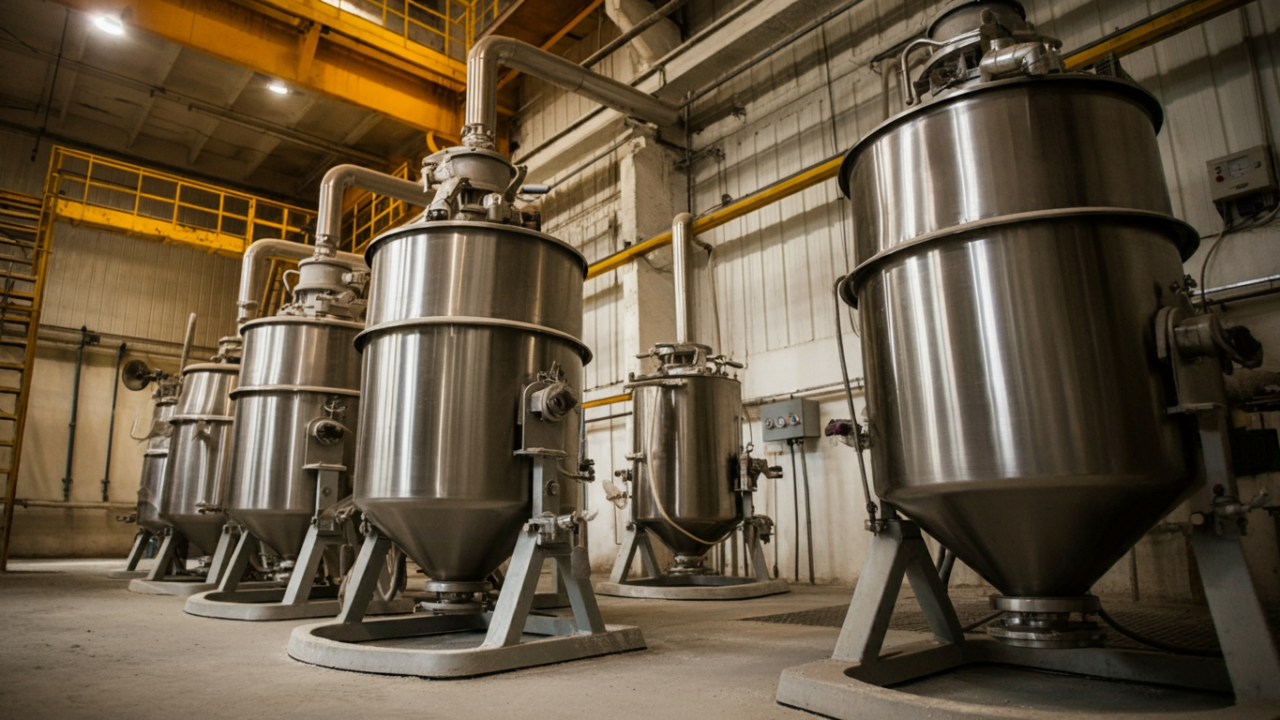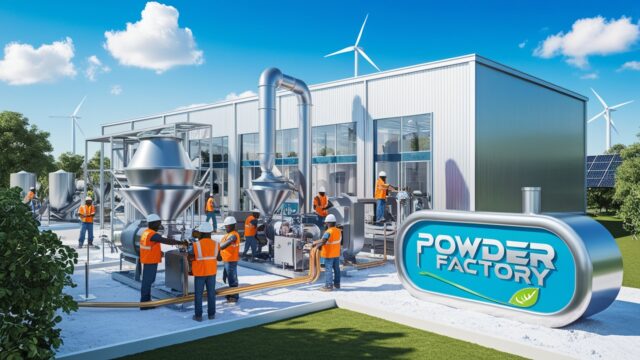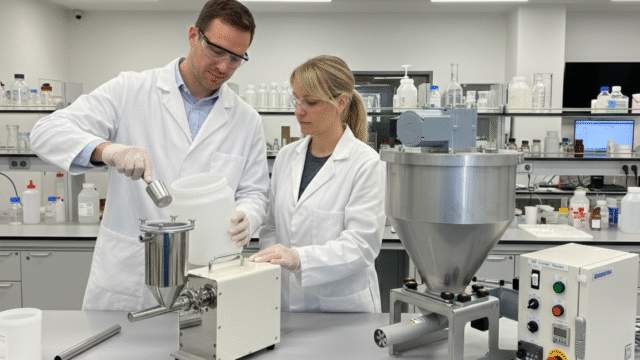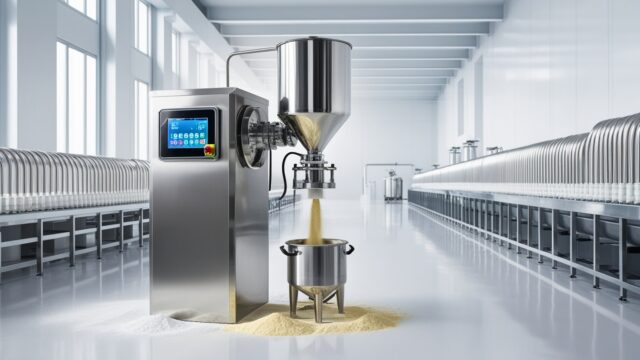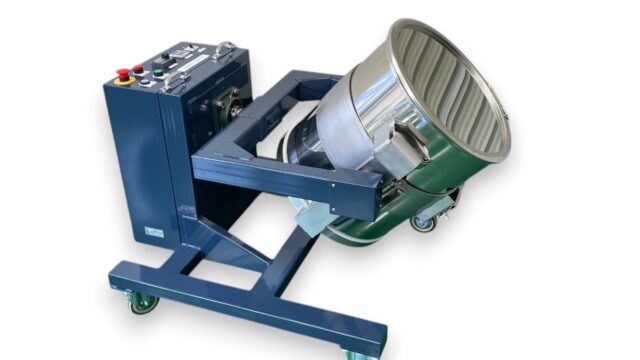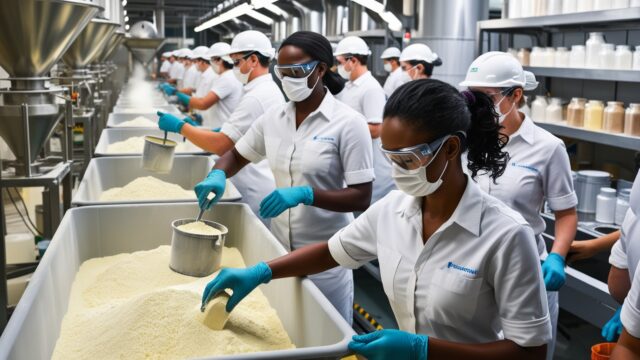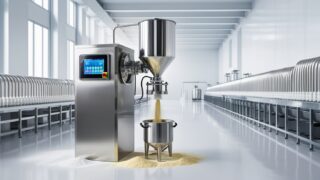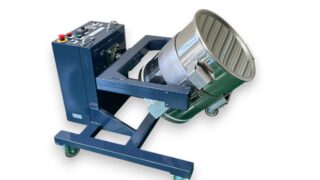2. Introduction
Powder mixers play a vital role across a wide range of industries, including food, chemical, pharmaceutical, and construction materials. Over time, powder mixers have evolved to meet market demands, bringing innovations in efficiency, precision, and environmental sustainability. This article provides an overview of the historical evolution of powder mixers, current market trends, and the latest technologies.
2. The Evolution of Powder Mixers
In their early stages, powder mixers relied on manual labor or simple mechanical devices. Following the industrial revolution and advancements in automation during the mid-20th century, automated mixers emerged. Since the 1980s, developments in sensor technologies and control systems have enabled high-precision mixing, significantly expanding the applications of powder mixers.
3. Current Global Market Trends
Today’s powder mixer market exhibits distinct characteristics across different regions:
- Asia-Pacific: Rapid industrialization and population growth are driving increased demand for mixers in food and pharmaceutical industries.
- Europe: Strict environmental regulations necessitate energy-efficient equipment.
- North America: The demand for precision mixing in pharmaceuticals and biotechnology sectors is growing.
These regional factors compel manufacturers to design products tailored to diverse market needs.
4. Latest Technologies and Innovations
Recent advancements in powder mixer technology emphasize production efficiency and environmental considerations:
- Automation and Digitalization: IoT and AI-enabled mixers allow real-time monitoring and process optimization.
- Energy Efficiency: Equipment capable of delivering high-performance mixing with low energy consumption is on the rise.
- Multifunctionality: Hybrid systems capable of mixing, drying, cooling, and grinding simultaneously are now available.
- Hygienic Design: In food and pharmaceutical industries, easy-to-clean, hygienic designs have become standard.
5. Industry-Specific Applications
Powder mixers are utilized in various industries to address unique challenges and improve productivity:
- Food Industry: Uniform mixing of snack foods and powdered beverages.
- Pharmaceutical Industry: High-precision blending of tablet formulations and powdered medicines.
- Chemical Industry: Mixing complex materials for paints and adhesives.
- Construction Industry: Efficient preparation of cement and mortar.
These applications highlight how powder mixers solve industry-specific problems while enhancing efficiency.
6. Sustainability and Future Directions
Powder mixers are integral to reducing environmental impact. Innovations include the use of renewable energy and designs minimizing material waste. As the transition to a circular economy accelerates, efficient mixing of recycled materials is gaining attention.
7. Conclusion
Powder mixers are crucial devices supporting both productivity and environmental sustainability across global industries. As they continue to evolve to meet the needs of different regions and industries, cutting-edge technologies are driving market growth. Moving forward, further innovations are expected to bolster sustainable manufacturing practices and enhance the role of powder mixers in a variety of applications.

